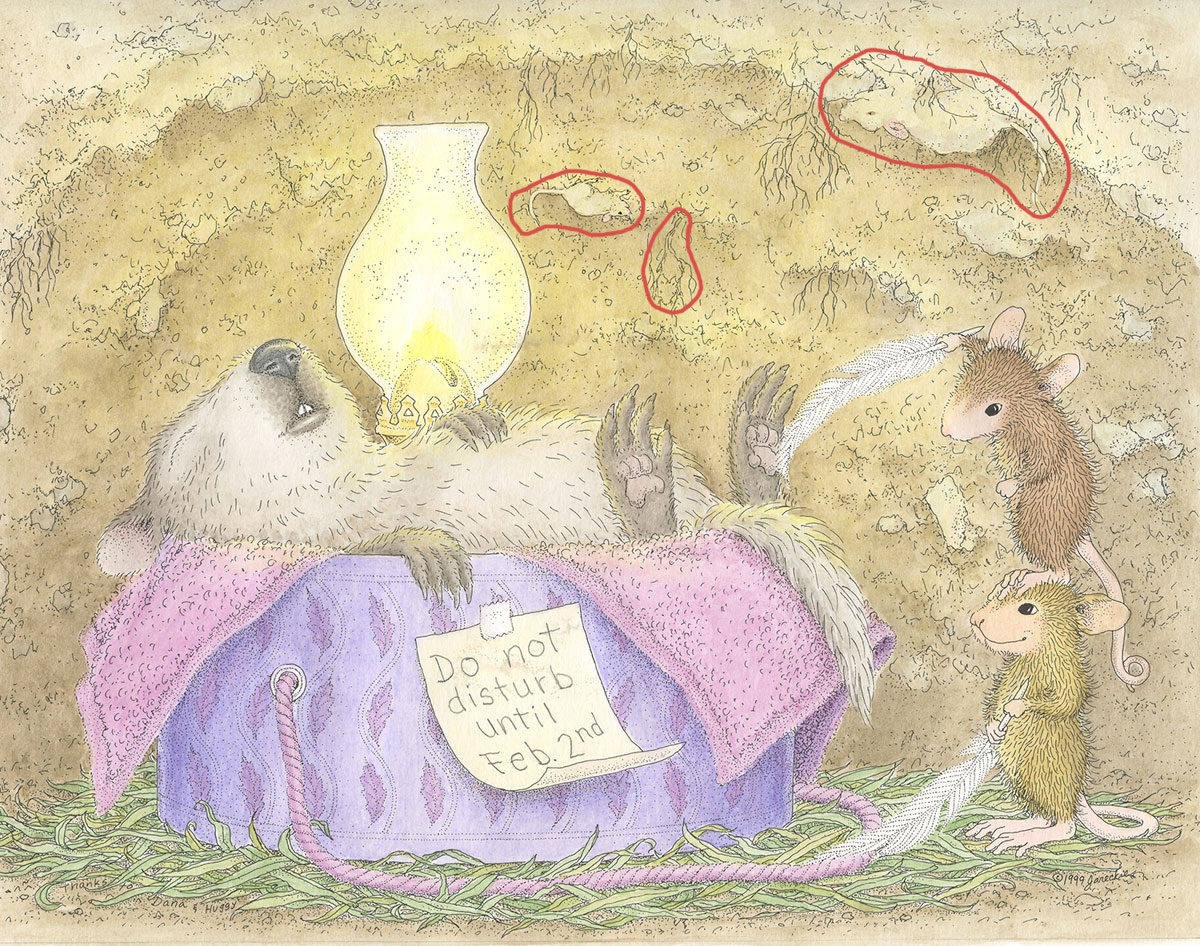

If you must use a kill trap, choose a snap trap instead of a glue trap. Because these traps cause unnecessary stress, pain, and suffering for the animal, most animal rights organizations strongly recommend against using them. Once mice are caught, they eventually die of starvation. The floor of the trap is lined with a very sticky glue that keeps mice in place as soon as they run inside. Glue traps look like little cardboard houses or trays. The mouse should crawl along the wire to reach the peanut butter, then fall off into the bucket, where it won’t be able to climb out.Īvoid using inhumane glue traps.

Mouse droppings look like pieces of black rice. You may also be able to track down the mouse by looking for droppings.government agency responsible for promoting safe environmental practices Go to source X Trustworthy Source United States Environmental Protection Agency Independent U.S.

Look in the back corners of closets, under the sink, behind the refrigerator, in cracks in the wall, and in any other dark, hidden places. A mouse’s nest is usually composed of scraps of cloth, paper, hair, and other odds and ends. If you didn’t see where the mouse went, look for the nest.Instead, track the mouse to its nest so you can catch it using a trap. Mice are pretty fast, and chasing them around the house usually isn’t the best way to catch them and remove them. If you saw a mouse running by out of the corner of your eye, see if you can figure out where it went.


 0 kommentar(er)
0 kommentar(er)
